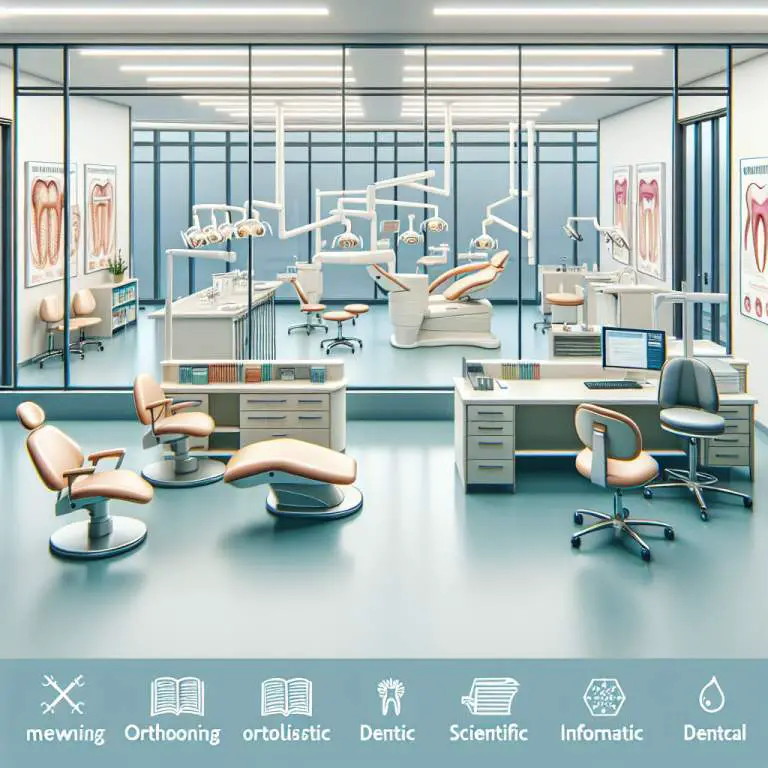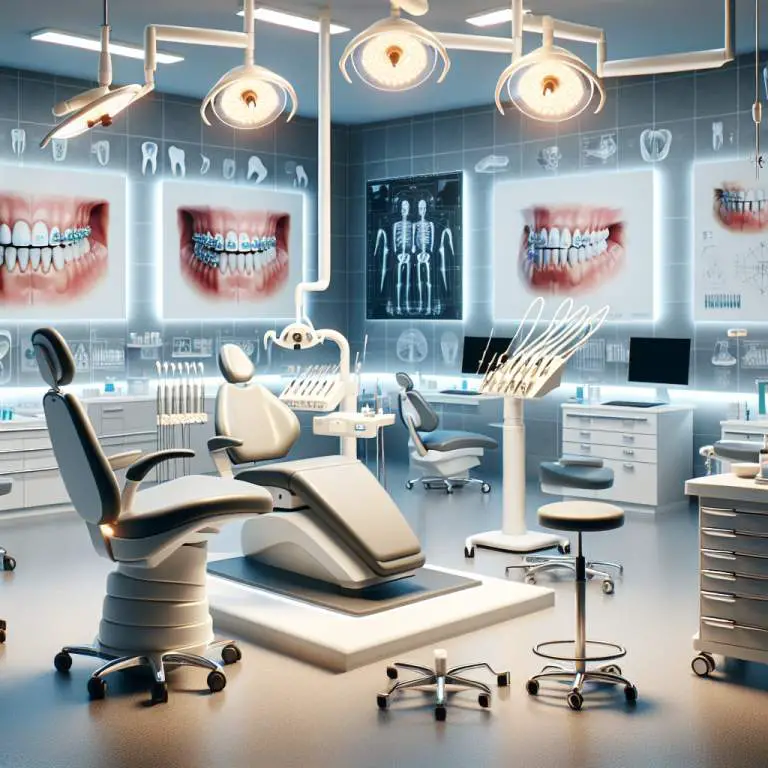What scientific mechanisms explain mewing’s impact on facial symmetry?
Mewing works by applying gentle, consistent pressure on the roof of your mouth with your tongue. This pressure can help realign your jaw and teeth over time, leading to improved facial symmetry. The process encourages proper oral posture, which supports the natural growth patterns of your face and jaw. Scientists believe that this can lead to a more balanced and attractive appearance.

How Does Mewing Affect the Jawline and Facial Structure?
Mewing is a technique that involves placing your tongue against the roof of your mouth. This position is supposed to help shape your jawline and facial structure over time. People who practice mewing believe it makes their faces look better by defining their jawlines more clearly.
The idea behind mewing is that it can change how your face looks by encouraging proper alignment of your teeth and jaws. When you keep your tongue in this special position, it’s thought to apply gentle pressure. This pressure might help in making small changes to the way your bones grow, leading to a sharper jawline and an overall improved facial appearance.
What Role Does Tongue Posture Play in Facial Symmetry?
Tongue posture plays a big role in how symmetrical our faces look. If our tongue rests correctly at the top of our mouth, it supports the natural growth of our facial bones. This can lead to a more balanced and attractive face.
When our tongue doesn’t sit right, like if we let it fall to the bottom of our mouth often, it can cause problems. These problems might include crooked teeth or an uneven jawline which makes our face look less symmetrical. So, keeping good tongue posture through techniques like mewing could help make our faces look more even.
Can Mewing Influence Bone Remodeling in Adults?
Bone remodeling is a process where bone tissue is continuously replaced throughout life. While most significant bone growth happens when we’re young, adults can still experience minor changes in bone structure. Mewing has been suggested as a way to influence these changes, especially in the jaw area.
For adults practicing mewing, the idea is that maintaining proper tongue posture could encourage slight adjustments in bone positioning over time. However, these changes are usually subtle and take a long time to become noticeable. It’s important for adults to have realistic expectations about what mewing can do for them.
What Are the Potential Benefits of Improved Oral Posture Beyond Aesthetics?
Beyond just making us look better, improving our oral posture through practices like mewing has other benefits too. For one, it can lead to better breathing habits. When our tongues are correctly positioned at the roof of our mouths, it opens up our airways more which makes breathing easier.
Another benefit is improved dental health. Proper tongue posture helps keep our teeth aligned and may reduce the risk of developing issues like tooth decay or gum disease over time. So while many people start mewing for cosmetic reasons, they might find they enjoy these additional health benefits too.
| Aspect | Scientific Basis |
|---|---|
| Muscle Tone Improvement | Consistent mewing practices strengthen the tongue and jaw muscles, potentially leading to a more defined jawline. |
| Nasal Airway Enhancement | Proper tongue posture can help open up the nasal airways, improving breathing and potentially influencing facial structure over time. |
| Facial Symmetry | Mewing may promote symmetrical muscle use across the face, which can contribute to a more balanced appearance. |
| Dental Alignment | The pressure exerted by correct tongue posture against the palate has been suggested to influence dental arch form and alignment positively. |
| Skeletal Remodeling Potential | Although controversial and requiring further research, some proponents argue that mewing can influence maxillary bone remodeling in younger individuals, affecting facial aesthetics. |
How Long Does It Take to See Results from Mewing?
Seeing results from mewing can vary greatly among individuals. Some people might notice changes in a few months, while others may need a year or more. The process is slow because it involves the reshaping of bone and facial structure.
Consistency is key when practicing mewing. Those who stick with it diligently every day are more likely to see improvements. However, factors like age and the natural flexibility of one’s bones can affect the timeline.
Are There Any Risks or Downsides to Practicing Mewing?
Mewing, when done correctly, is generally considered safe. However, there are potential risks if the technique is not performed properly. Incorrect tongue posture can lead to jaw pain or misalignment.
It’s also important to note that excessive force or incorrect practices can strain muscles and potentially worsen any existing issues with jaw alignment or function. Consulting with a professional before starting is advisable to minimize risks.
What Do Experts Say About the Efficacy of Mewing for Facial Symmetry?
Experts have mixed opinions on mewing’s efficacy for improving facial symmetry. Some dental and orthodontic professionals acknowledge that proper tongue posture can play a role in facial development and health.
However, many experts caution against expecting dramatic changes, especially in adults where bone structure is less malleable. They emphasize that while slight improvements are possible, mewing should not be seen as a substitute for professional medical advice or orthodontic treatment.
Final Thoughts
Mewing has gained popularity as a method for potentially enhancing facial symmetry and structure. While some individuals report positive changes, it’s important to approach this practice with realistic expectations and patience.
The importance of proper technique cannot be overstated, as incorrect methods can lead to discomfort or even harm. As always, seeking guidance from healthcare professionals before embarking on new health practices is wise.







